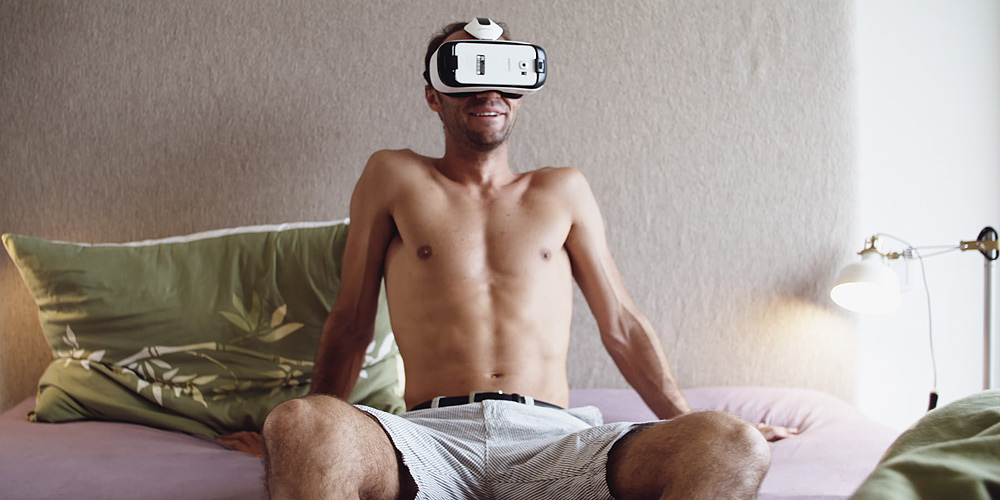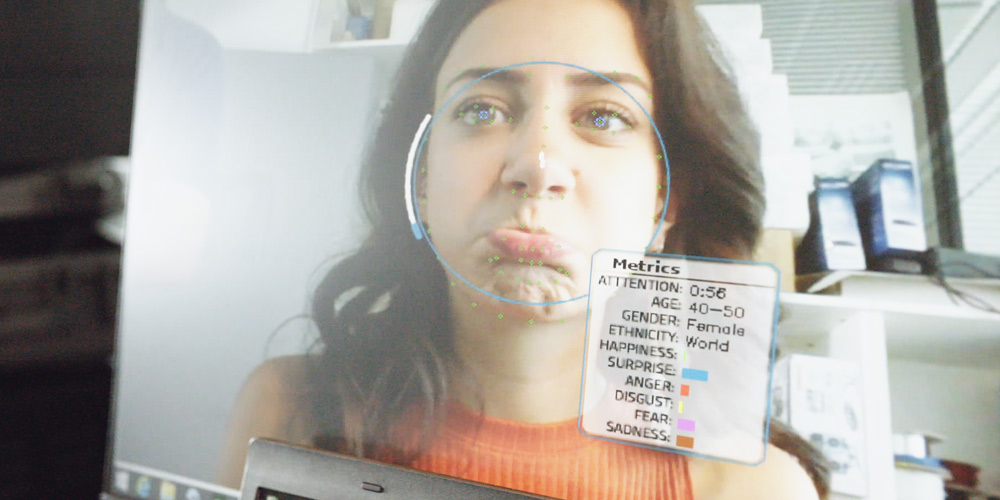
Credit: Christiane Miethge, Nils Otte
Christiane Miethge (DE), Nils Otte (DE)
Will we all, at some point, have virtual friends, enjoy sex with robots more than making love to a real person, and hack our own body? Homo Digitalis is a Web series about the ultimate future question: What is the digital revolution doing with us human beings?
The protagonist Helen Fares begins her search at the Ars Electronica Futurelab, gets acquainted with virtual friends, learns to steer a drone with her brain and to hack her own DNA. Encounters with experts in the US, Japan and Britain provide additional international context to the posed question: What insights does Helen derive from her journey through futuristic technologies? Are we Homo Digitalis evolving into a new species: Homo Digitalis?


Homo Digitalis is simultaneously a scientific experiment. In cooperation with the Fraunhofer Institute, BR, ARTE and ORF developed a playful test: How long do you still have as a human being? Find out with our Homo Digitalis Chatbot or at www.homodigitalis.tv!
Credits
Directors: Christiane Miethge, Nils Otte
Host: Helen Fares
Camera: Kyrill Ahlvers, Tenzin Sherpa
Sound: Gidon Lasch, Nils Otte
Editors: Tim Sprado, Daniel Bluhm
Animation and graphics: Anna Hunger, Sven Schulz
Illustrations: Benny Nero
Programming: Bernd Paulus, Phuoc Le, Lena Fischer
Producer, Web series: Andreas Martin
Producer, online test: Miriam Mogge
Production director: Laura Sages
Creative director: Christiane Miethge
Scientific director: Kathrin Pollmann
Team Ars Electronica Futurelab: Christopher Lindinger, Martina Mara, Maria Pfeifer, Roland Aigner, Clemens Francis Scharfen, Peter Holzkorn, Michael Platz, Nicole Grüneis, Peter Freudling, Erika Jungreithmayr, Manuel Selg
Producers: Dietmar Lyssy, Marcus Uhl
Editor, BR: Thomas Sessner
Editors, ARTE: Katja Ferwagner, Katja Dünnebacke, Aurélie Marx
Editor, ORF: Robert Glashüttner, Siegfried Steinlechner
Produced by Bilderfest GmbH and BR—Bavarian Broadcasting; co-produced by ARTE and the ORF—Austria Broadcasting Company.
Thanks to Fraunhofer Institute, IAO and the Ars Electronica Futurelab

